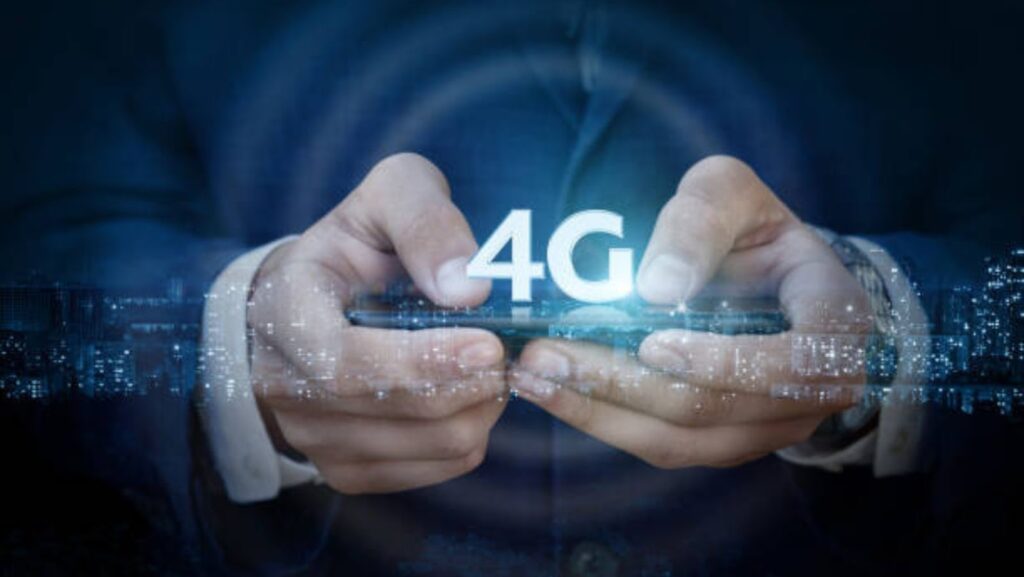The future of mobile devices is always a fun topic, especially now that 5G networks are coming out. These networks will change how we use our phones by giving us faster speeds, less waiting time, and better connections. However, as the rollout of 5G networks is still in its early stages, the question remains – what will happen to 4g phones when 5g comes?
Understanding 4G and 5G Networks
The 4G networks are the fourth generation of mobile networks. They offer faster internet speeds, better call quality and connections that are more reliable. This technology allowed us to access the internet on our smartphones, stream videos, and download files faster.
On the other hand, 5G networks are the fifth generation of mobile networks, which promise to offer connectivity speeds up to 20 times faster than 4G networks. They also offer reduced latency and improved connectivity, allowing us to connect more devices to the network simultaneously.
Advantages of 5G Networks Over 4G Networks
The advantages of 5G networks over 4G networks are numerous. Firstly, 5G networks offer faster connectivity speeds, meaning we can download files, stream videos, and browse the internet at lightning-fast speeds. Second, 5G networks have less latency, so we can use real-time apps like online gaming and video conferencing without lag.
Another advantage of 5G networks is that they offer improved connectivity, which means we can simultaneously connect more devices to the network. This is essential in a world where the number of gadgets that can connect to the internet is expanding exponentially.
Limitations of 4G Networks
While 4G networks have served us well, they have some limitations. The most significant limitation of 4G networks is that they are slower than 5G networks. This means downloading large files, streaming high-quality videos, and playing online games can take time and effort. Additionally, 4G networks have higher latency than 5G networks, which can lead to a lag in real-time applications.

Another problem is that 4G networks can become congested in places with many people, like cities and stadiums. This might lead to sluggish Internet performance and lost calls.
The Current State of 5G Network Rollout
In many countries, the infrastructure needed for 5G networks has yet to be built. Major U.S. providers like Verizon, AT&T, and T-Mobile have already rolled out 5G networks in certain areas, while others are still in the planning stages.
Similarly, in Europe, countries such as the UK, Germany, and Italy have launched their 5G networks in select cities, while others are still developing their infrastructure. In Asia, countries such as China, South Korea, and Japan are leading the way in 5G network development, with many cities already covered by 5G networks.
The Future of 4G Phones in the Market
While 5G networks are set to revolutionize the way we use our smartphones, 4G phones will still have a place in the market in the near future. Not everyone can afford 5G phones, and 5G networks will not cover all areas.

Additionally, 4G phones will still be able to handle most of the tasks we use our smartphones for, such as browsing the internet, streaming videos, and playing games. So while the experience may be slower than on a 5G network, it will still be sufficient for most people’s needs.
Conclusion – Coexistence or Replacement?
The future of 4G phones is less bleak than some may have thought. While 5G networks are set to revolutionize the way we use our smartphones, 4G phones will still have a place in the market. This is because they will continue to be the primary means of accessing the internet and making calls in areas not covered by 5G networks and will still be a viable option for many people who cannot afford 5G phones.
It is clear that 5G networks are the future of mobile devices and that this new technology will eventually replace 4G networks. However, this transition will take time, and 4G phones will continue to coexist with 5G phones for some time. Ultimately, the future of mobile devices looks bright, with both 4G and 5G technologies playing essential roles in shaping how we use our smartphones. As technology advances, we can look forward to even more exciting developments in the future.


More Stories
The Complete Guide to Restoring a Chair
Stunning HVAC Systems for High-Altitude Climates
Pre-Fab Buildings for Aviation Hangar Design and Safety Essentials